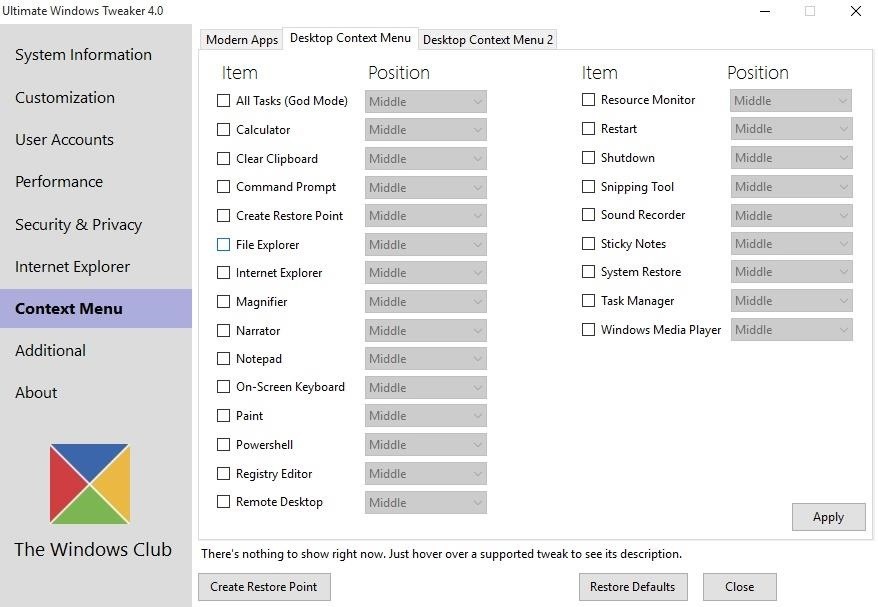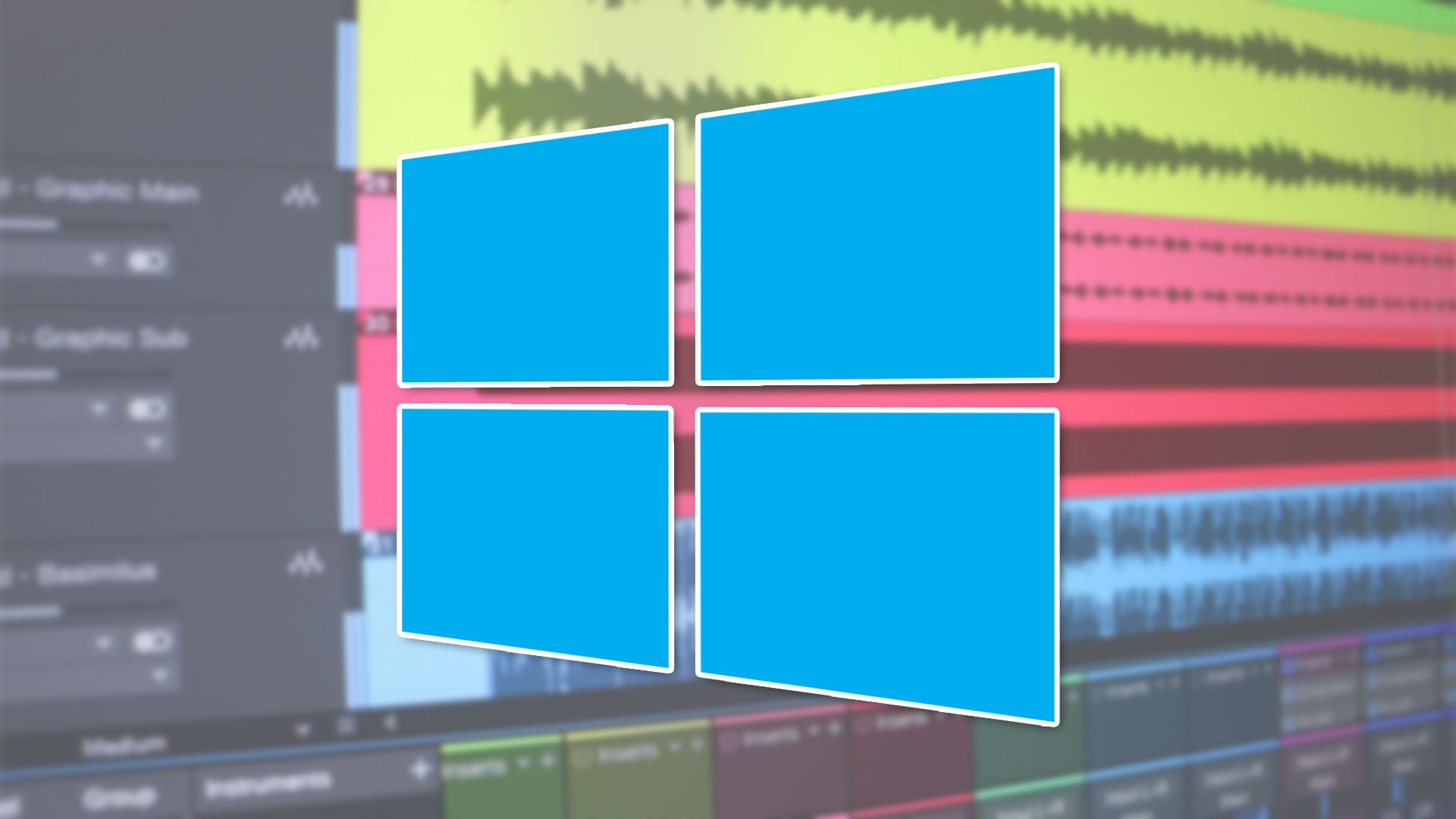


It’s taken endless iterations and dozens of years, but as of the October 2020 Update, Windows 10’s display settings finally let you adjust your monitor’s refresh rate. You can deactivate Timeline by heading to Settings > Privacy > Activity History. That includes Office, Adobe’s Creative Cloud, and native Windows 10 apps like News and Maps, as well as Microsoft Edge and Google’s Chrome browser (after you install a Microsoft extension). The fly in the ointment: Only a limited number of apps work with Timeline, though Microsoft offers tools for developers to bake in support. This even syncs across devices so it could be especially useful if you use multiple PCs, though Microsoft sadly plans to kill Timeline’s cross-device syncing soon. Even more handily, Microsoft lets you group related apps together into “Activities” in Timeline, so that when you open that week-old budget document, for example, the presentations and websites you referenced at the time can be easily summoned as well. Clicking the Task View button in the taskbar or pressing Windows Key + Tab summons the feature, which displays a-you guessed it-time line of your activity in supported apps, stretching back over the past. Timeline helps you pick up where you left off.


 0 kommentar(er)
0 kommentar(er)
